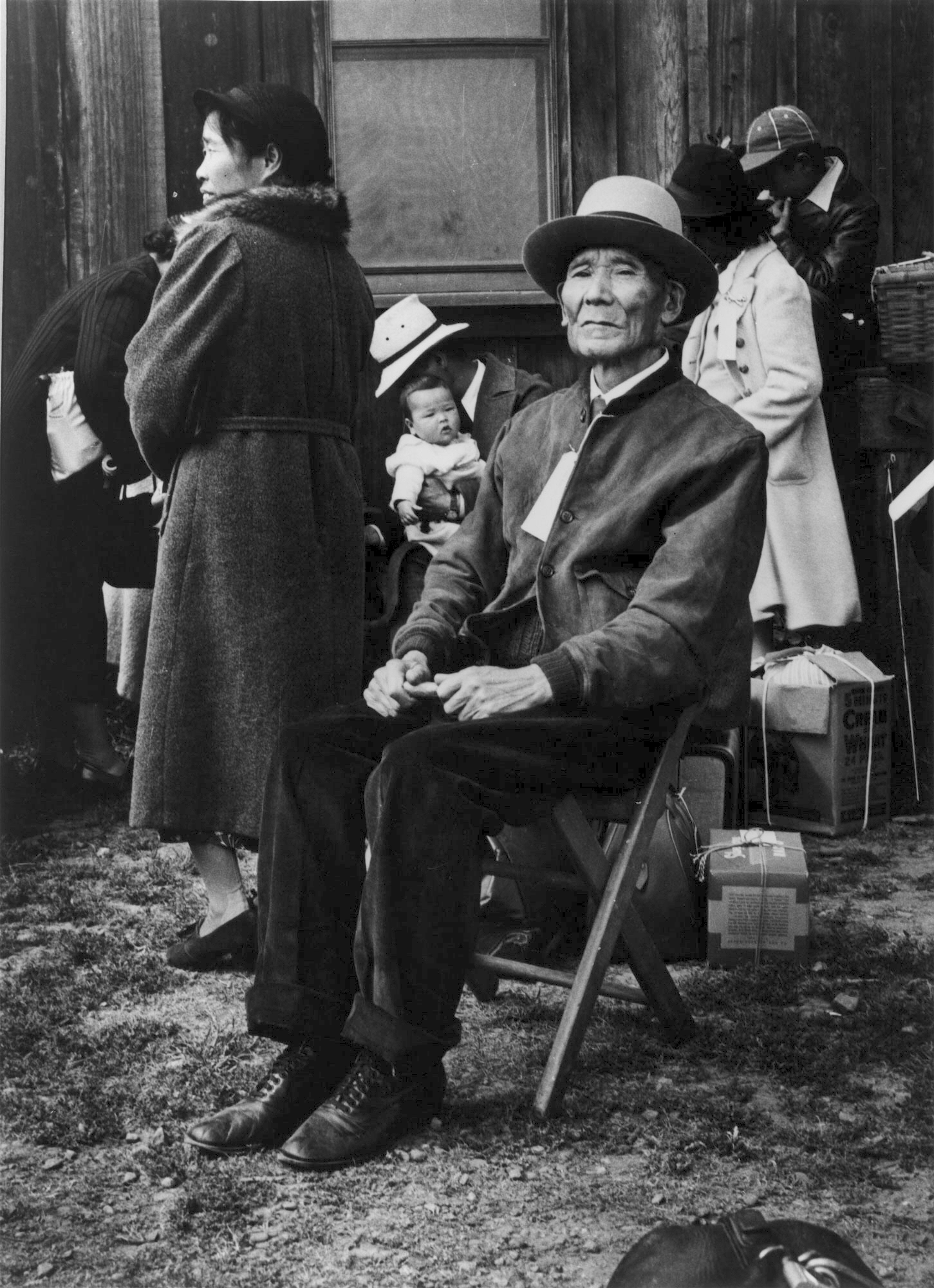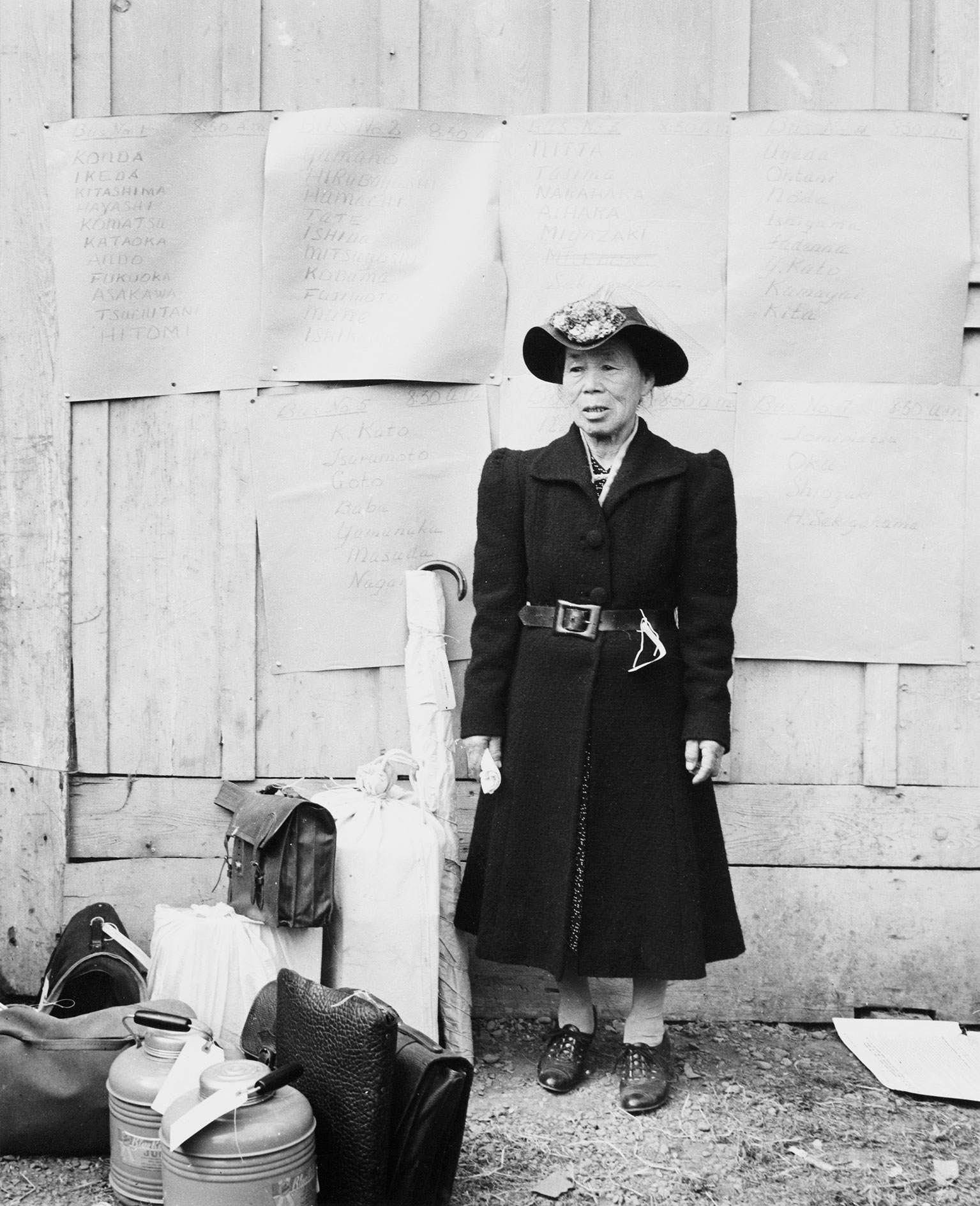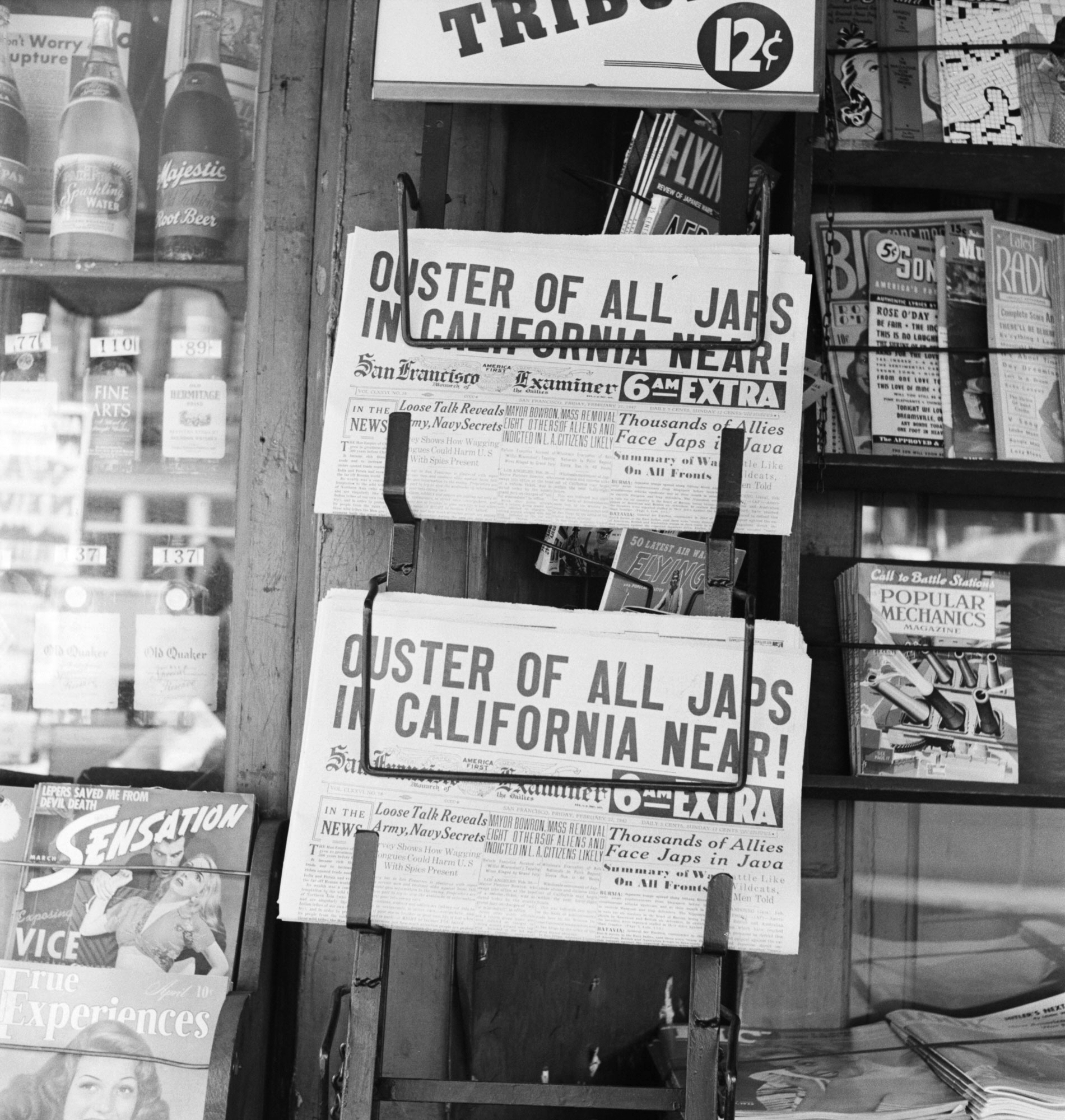Dorothea Lange photographs of Japanese internment camps [View all]
I was just introduced to these photos after watching a documentary recently called
[American: An Odyssey to 1947’ Review: The Story of Three Lives, Though One Dominates
This documentary intertwines the stories of Orson Welles, Isaac Woodard (a WW II veteran blinded in a police attack) and Howard Kakita (a child survivor of Hiroshima). It's ambitious, but Welles overwhelms the projects.]
The part of the story about Howard Kakita showed Dorothea Lange photos of the internment camps. I was surprised that this was the first time I became aware of their existence.
From online:
Dorothea Lange’s Censored Photographs of Franklin Delano Roosevelt's Japanese Concentration Camps
The military seized her photographs, quietly depositing them in the National Archives, where they remained mostly unseen and unpublished until 2006
Dorothea Lange—well known for her FSA photographs like Migrant Mother—was hired by the U.S. government to make a photographic record of the “evacuation” and “relocation” of Japanese-Americans in 1942. She was eager to take the commission, despite being opposed to the effort, as she believed “a true record of the evacuation would be valuable in the future.”
The military commanders that reviewed her work realized that Lange’s contrary point of view was evident through her photographs, and seized them for the duration of World War II, even writing “Impounded” across some of the prints. The photos were quietly deposited into the National Archives, where they remained largely unseen until 2006.
The internment of Japanese Americans began shortly after the attack on Pearl Harbor on December 7, 1941, and was officially authorized by President Franklin D. Roosevelt's Executive Order 9066 on February 19, 1942:
Immediate action
Within hours of the attack, the FBI rounded up nearly 1,300 Japanese Americans and sent them to military facilities.
https://dorothealange.museumca.org/section/exposing-injustice-incarceration-of-japanese-americans/





